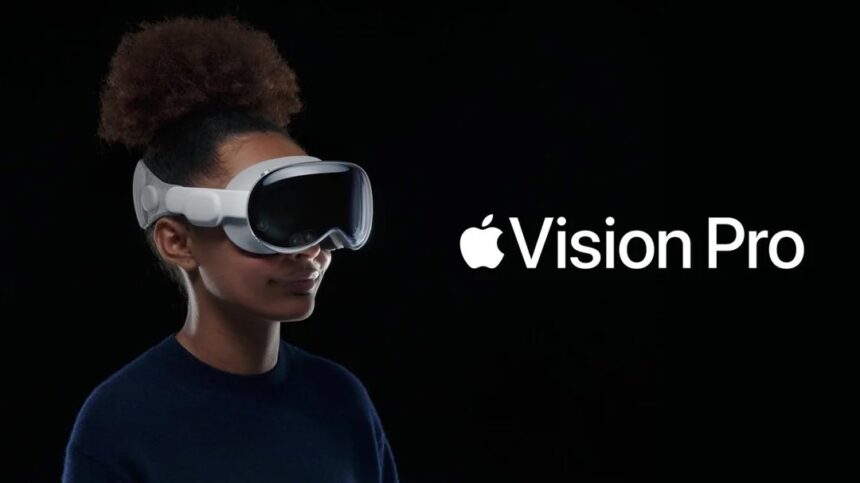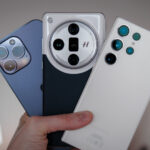Apple has shelved plans to revamp its Vision Pro headset, instead redirecting resources toward developing smart glasses powered by artificial intelligence. The shift highlights the company’s bet that lightweight, everyday wearables will shape the next frontier of consumer technology.
The Vision Pro, launched earlier this year with a $3,499 price tag, marked Apple’s entry into mixed reality. While praised for technical ambition, the device faced criticism for its bulk, limited content ecosystem, and high cost, making it inaccessible to the wider market.
According to reports, Apple had been working on a lighter, cheaper Vision Pro model, codenamed N100, aimed for release in 2027. That project has now been shelved, with engineers and designers reassigned to wearable glasses development.
A New Focus: AI Glasses
Apple’s roadmap now prioritizes two smart glasses projects. The first, internally referred to as N50, is designed as a lightweight accessory that pairs with the iPhone but does not include a built-in display. The second is a more advanced model with integrated displays, originally slated for 2028 but reportedly being fast-tracked.
This marks a pivot from bulky headsets toward more discreet, wearable technology that could bring Apple into closer competition with Meta’s Ray-Ban smart glasses.
Industry analysts suggest Apple’s move reflects both consumer preference and strategic necessity. While headsets remain niche, glasses offer a clearer path to everyday adoption. They are less intrusive, easier to wear, and align more naturally with Apple’s design philosophy of sleek, portable devices.
By embedding AI assistants and sensors into glasses, Apple hopes to create a product that blends into daily life rather than demanding a separate experience. The company is also looking to leverage its ecosystem—iPhone pairing, Siri integration, and in-house chip design—to set its glasses apart.
Why it Matters
The shift is not without risk. Building glasses that are thin, stylish, and powerful enough to handle AI tasks remains a formidable engineering challenge. There is also the danger of alienating developers and early adopters who invested in the Vision Pro ecosystem.
More broadly, Apple faces the question of affordability. If the glasses arrive at a premium price point, they could remain symbols of exclusivity rather than mainstream devices.
Apple’s pivot underscores a broader trend: tech companies are betting that ambient computing—devices that seamlessly embed intelligence into daily routines—will define the next decade. Whether Apple succeeds will depend not only on hardware but also on how convincingly it can integrate AI into everyday interactions.
For now, the move signals that the age of bulky headsets may be shorter-lived than expected. Apple appears ready to gamble on a future where intelligence rests lightly on the bridge of your nose.
Talking Points
Apple’s decision to pause Vision Pro and push AI glasses shows that even the biggest tech giants know when to retreat. For Africa, this is a lesson: don’t blindly copy trends like VR labs or headset hype when your consumers are not ready. Technology adoption must fit context, not just ambition.
AI glasses—lighter, cheaper, more usable—sound promising. But let’s be honest: if Apple prices them like it did Vision Pro, Africa will once again watch from the sidelines. Without affordability, “democratization” becomes another Silicon Valley buzzword. Should African startups step in and design context-appropriate versions before Apple arrives? Absolutely.
Embedding AI into glasses is seductive. Imagine translation on the go, instant health alerts, or guided navigation. But in Africa, where data privacy laws are patchy, this could become a surveillance goldmine. Who owns the data your glasses see? Africans should be concerned.





